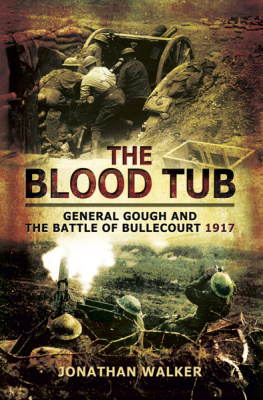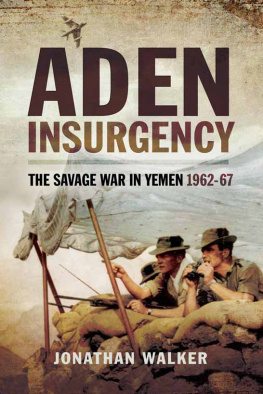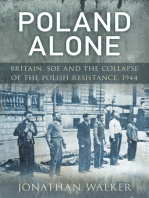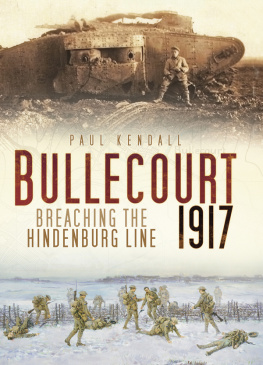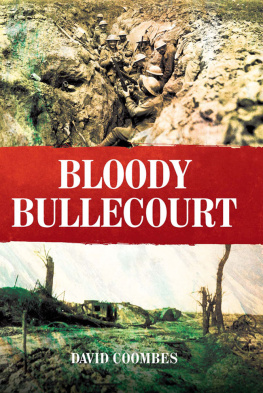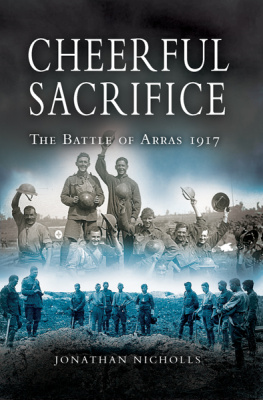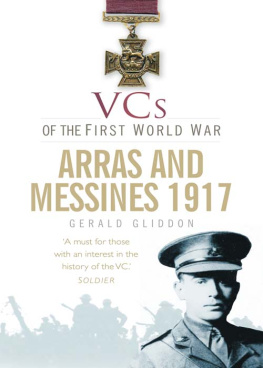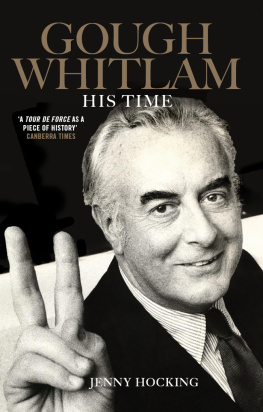First published in Great Britain in 1998 by Spellmount
This edition published in 2014 by
Pen & Sword Military
an imprint of
Pen & Sword Books Ltd
47 Church Street
Barnsley
South Yorkshire
S70 2AS
Copyright Jonathan Walker 1998, 2000, 2014
Foreword copyright Jonathan Nicholls 1998, 2000, 2014
ISBN: 978 1 47382 754 7
PDF ISBN: 978 1 47385 398 0
EPUB ISBN: 978 1 47385 378 2
PRC ISBN: 978 1 47385 388 1
The right of Jonathan Walker to be identified as the Author of this Work has been asserted by him in accordance with the Copyright, Designs and Patents Act 1988.
A CIP catalogue record for this book is available from the British Library
All rights reserved. No part of this book may be reproduced or transmitted in any form or by any means, electronic or mechanical including photocopying, recording or by any information storage and retrieval system, without permission from the Publisher in writing.
Printed and bound in the UK by CPI Group (UK) Ltd, Croydon, CRO 4YY
Pen & Sword Books Ltd incorporates the imprints of Pen & Sword Archaeology, Atlas, Aviation, Battleground, Discovery, Family History, History, Maritime, Military, Naval, Politics, Railways, Select, Transport, True Crime, and Fiction, Frontline Books, Leo Cooper, Praetorian Press, Seaforth Publishing and Wharncliffe.
For a complete list of Pen & Sword titles please contact
PEN & SWORD BOOKS LIMITED
47 Church Street, Barnsley, South Yorkshire, S70 2AS, England
E-mail:
Website: www.pen-and-sword.co.uk
Contents
We all probably know of exceptions
but the broad fact remains that on the whole
it was the best and not the worst
who were killed.
Rev. Ernest Crosse
Chaplain, 8th Devons
Bullecourt
For Gill,
Edward & Giles
List of Maps
List of Plates
Acknowledgements
A study of the combined operations at Bullecourt requires a thorough examination of archive material in both Britain and Australia. This can present logistical problems even in the age of the Internet. Without the help of Christine Gairey in Canberra, I could not have carried the project through and her work in searching out volumes of material, establishing contacts and interviewing veterans was most valuable.
While Bullecourt is a well established name in Australian military history, the battle is less well known in Britain. This applies to most of the actions and battles which made up the Arras Offensive in the Spring of 1917. In a field of study which has long been dominated by the battles of the Somme and Passchendaele, Jonathan Nicholls Cheerful Sacrifice has done much to remind us of the even heavier sacrifices of the Arras battles. I am indebted to him for his help and encouragement throughout.
I am most grateful to Peter Fanshawe for his hospitality and for allowing me to consult and quote from the private papers of his grandfather, Lieutenant-General Sir Hew Fanshawe; my thanks also to Jane dArcy for allowing me to quote from the lively diaries of Major-General Sir John Gellibrand; Jean Letaille, Claud Durrand and many others in the Bullecourt locality offered me help and hospitality during my trips to the battlefield. Ross Bastiaan, the creator of numerous bronze plaques which highlight Australian battlefields all over the world, provided much initial inspiration and my thanks to Peter Sadler, the biographer of Major-General Sir John Gellibrand, for his support, knowledge and companionship.
I am grateful to the following for allowing me to examine or to quote from archive material within their collections: The Trustees of the Liddell Hart Centre for Military Archives, Kings College, London; Peter Liddle and the Trustees of the Liddle Collection, Leeds; the Trustees of the Australian War Memorial, Canberra; the Trustees of the Imperial War Museum, London; Lady Derham for allowing access to the papers of her father, Sir Cyril Brudenell White and Lord Birdwood for the papers of his grandfather, Field-Marshal Lord Birdwood; the Trustees of the National Library of Scotland; Earl Haig; the National Library of Australia; Stuart Allan and the Trustees of the Gordon Highlanders Museum; the Trustees of the Devonshire Regiment Museum, Exeter; the Trustees of the Tank Museum, Bovington. The use of Crown copyright material in the Public Record Office is by permission of The Stationery Office. Every effort has been made to trace and obtain permission from copyright holders of material quoted or illustrations reproduced.
I also wish to acknowledge the help I have received from Paul Chandler of RMA Sandhurst Central Library. Similar help was forthcoming from Richard Bland and Derek Winterbottom who provided useful material from the Clifton College archives. My thanks to Michael Walker for locating regimental and battalion histories and Henry Thoennissen for translating German unit histories.
I am indebted to Major-General John Strawson and the late Major-General John Cubbon for their encouragement and advice; also to Brigadier Birdie Smith and Colonels Dick Sidwell and Roy Maxwell for their guidance and support. David Fletcher, the Keeper of the Tank Museum, Bovington, was most kind in allowing me access to material on the tanks at Bullecourt and I am grateful for his help and the benefit of his vast knowledge. William Prout, Hugh and Bryan Davies, Michael Drakely, Garry Denison, Paul Jarvis, Beryl Metcalfe and Nick Yeomans all kindly provided details on the backgrounds of the early tankers, whilst veteran Edward Wakefield vividly recalled what it was like to actually drive and fight in the first tanks. In particular, Anne Davison was good enough to allow me to consult and quote from the letters of her uncle, Hugh Swears, which was invaluable. Further help in my research was forthcoming from BBC Radio and numerous newspapers who kindly published articles on the subject; likewise my thanks to Jasper Humphreys, John Terraine, Christian de Falbe, Ray Westlake, Terry Nixon and Mo Stokes, all of whom provided advice and encouragement.
For allowing permission for the reproduction of photographs, my thanks to Ian Carter and the Trustees of the Photograph Archive, Imperial War Museum; the Australian War Memorial; the Tank Museum, Bovington; the Bundesarchiv, Koblenz; Anne Davison; Jane dArcy; Melba Alexander; Robert Comb; Kings College, Cambridge; St Pauls, Beckenham. I acknowledge permission to quote passages from the following; to Random House UK Ltd for A Frenchman in Khaki (William Heinemann) by Paul Maze, On the Psychology of Military Incompetence (Jonathan Cape) by Norman Dixon, Storm of Steel (Chatto & Windus) by Ernst Jnger and The Girl at the Lion dOr (Hutchinson) by Sebastian Faulks; to Eric Dobby Publishing Ltd for Allenby (George Harrap) by Sir Archibald Wavell.
My appreciation also to Professor Ian Beckett for constructive advice and similarly my publisher Jamie Wilson. My gratitude to my wife Gill and my family for patiently supporting me on the long journey back to 1917; and finally my grateful thanks to the AIF veterans who actually travelled that road from Bullecourt, Roy Hankin (together with Melba Alexander) and the late Robert Comb and Clive McKenzie the boys who really hopped the bags.
Jonathan Walker
Sidmouth, Devon
1998
Foreword
Bullecourt . A sleepy village which lies in the midst of rich farm land in a country where farmers get richer. Most local people can tell you little or nothing of what happened here eighty years ago, even though there is a small museum. Few of them know. Few seem to care. To students of the Great War of 1914-18, the name Bullecourt is synonymous with Australia, yet Londoners and Yorkshiremen died here in their thousands. There are secrets under the corn. Here, hearts were broken and reputations destroyed in the space of a few weeks of intense fighting. Bullecourt saw the first breakthrough of the much vaunted Hindenburg Line. And it went horribly wrong.


